Briefly about the computer
Categories: History | Technology
By Pictolic https://pictolic.com/article/briefly-about-the-computer.htmlLess than 40 years ago, on August 12, 1981, IBM released its first personal computer, the IBM 5150, which was the first step towards modern computerization of society. Before the advent of personal computers, the purchase and operation of computers were very expensive and few people could afford to get such a miracle of technology at home. Usually computers were installed in large companies, universities, research centers and government agencies.
The IBM 5150 sold for $1,565. It took up relatively little space and was quite easy to use. It had an Intel 8088 processor with a clock speed of 4.77 megahertz and a 16 or 64 kilobyte RAM block. There was no hard drive, and in order to use floppy disks, it was necessary to buy a disk drive separately.
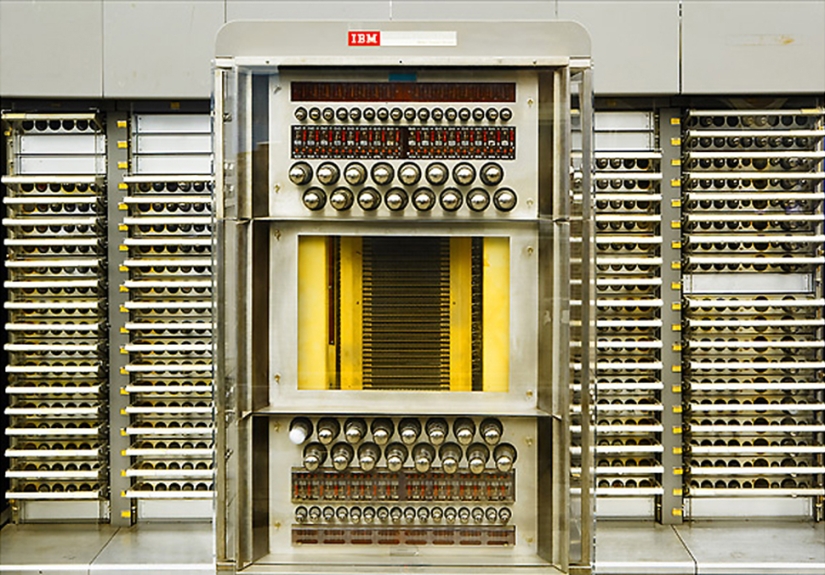
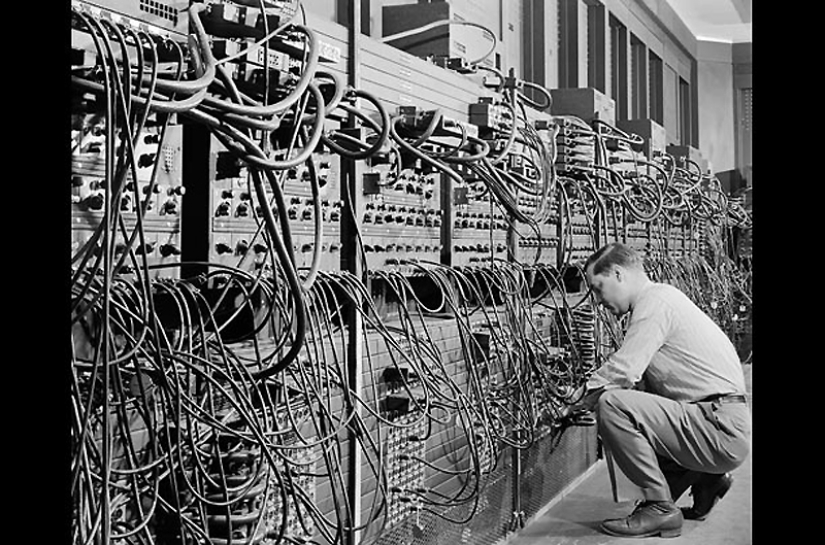
1. ENIAC, 1946. The Electronic Numerical Integrator and Computer (ENIAC) was considered the first computer and was used during the Second World War and a year after it. Installed at the University of Pennsylvania, these 40 separate 2-meter devices with 18,000 tubes were used to calculate the ballistic trajectory. (Jerry Cooke / Corbis)
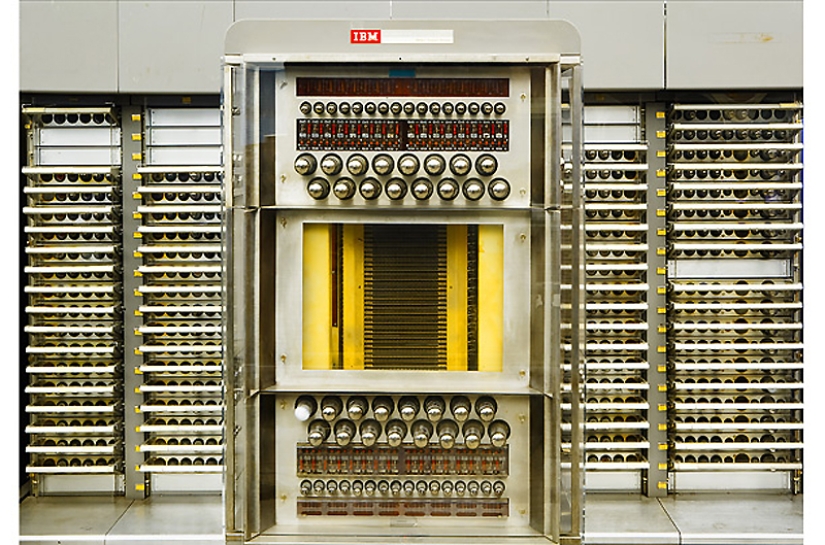
2. SAGE, 1954. A huge computerized SAGE system was created to help the Air Force receive radar data in real time. Equipped with technical innovations of the time, such as modems and graphic displays, this device weighed 300 tons and occupied a separate floor of the building. (Mark Richards)
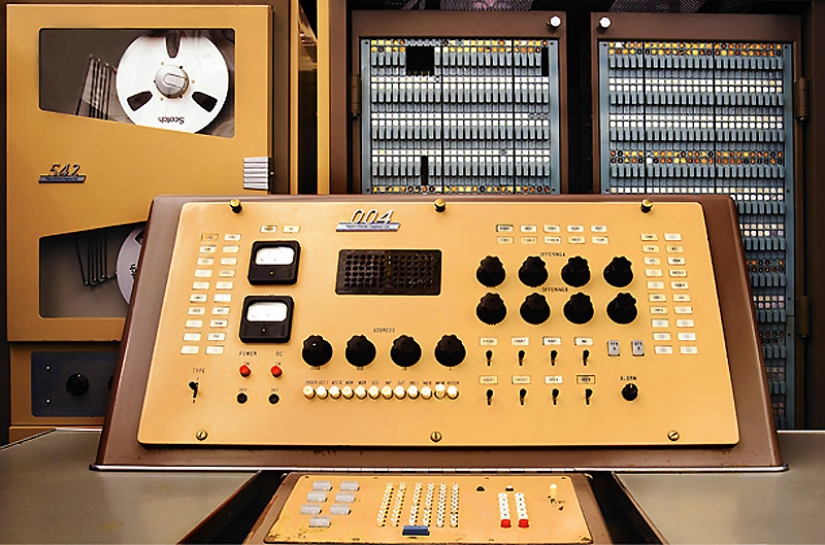
3. NEAC 2203, 1960. Manufactured by Nippon Electric Company, this drum-based machine became one of the first transistor Japanese computers. It was used for business, scientific and engineering programs. (Mark Richards)
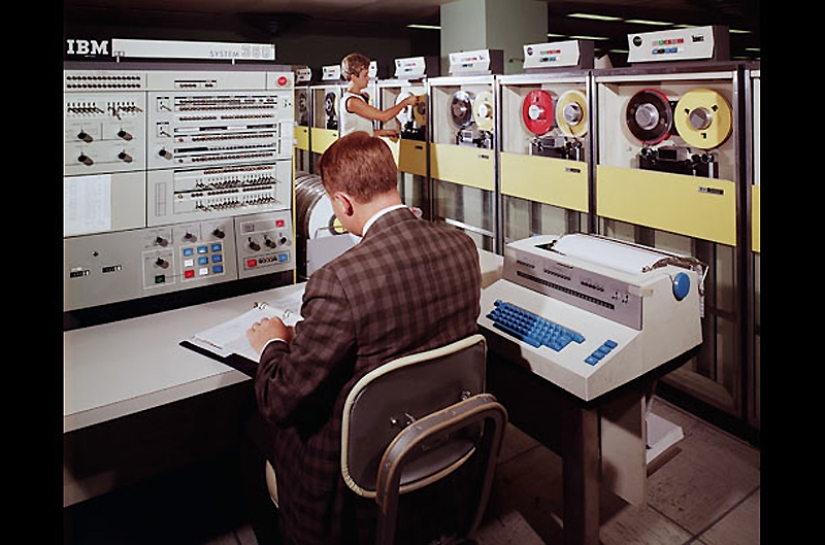
4. IBM System/360, 1964. Being part of a family of interchangeable computers, IBM System/360 was the first computer that covered the entire range of programs — from small to large, from commercial to scientific. Users could change the settings without doing the grueling calculations and software updates. More advanced System/360 models have contributed to NASA's Apollo missions, as well as to the control of the air traffic control system. (Charles Rotkin / Corbis)
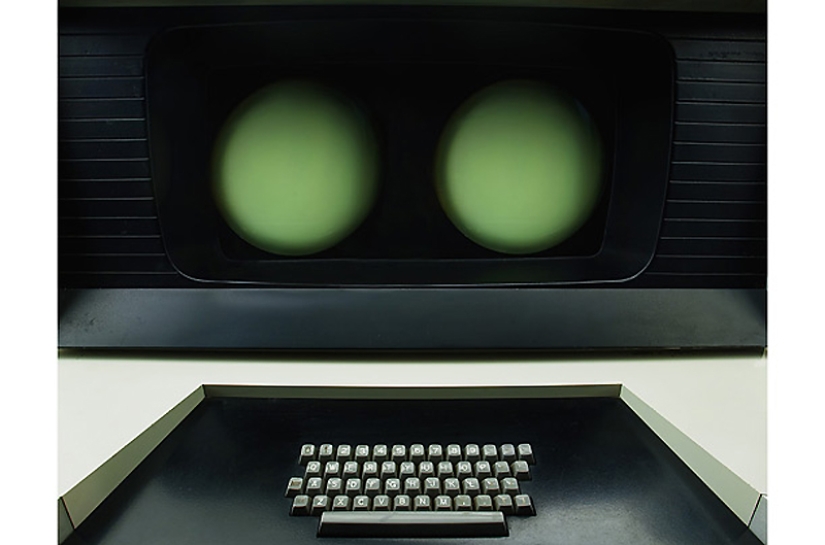
5. CDC 6600, 1964. The fastest machine of its time, the 6600 from Control Data Corporation, was created by the famous computer architecture developer Seymour Kray. It held the title of the fastest computer in the world until 1969, when Cray made his next supercomputer. (Mark Richards)
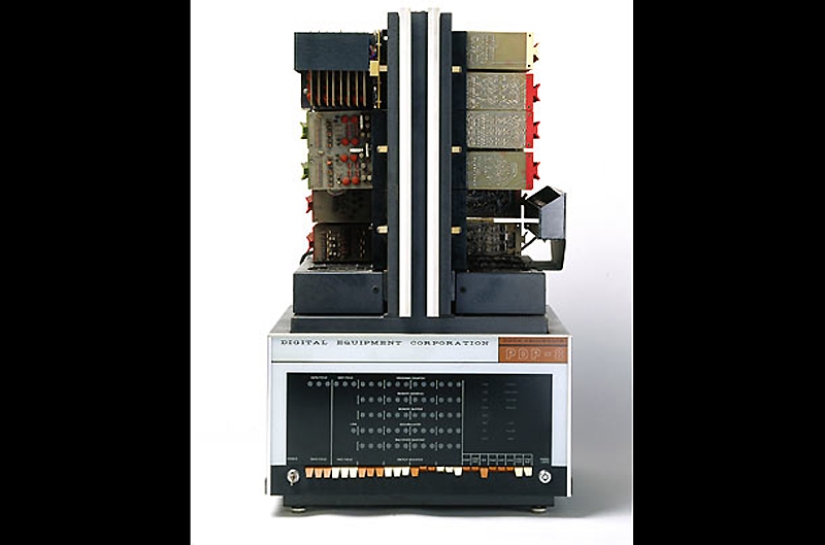
6. DEC PDP-8, 1965. The first successful commercial microcomputer, the PDP-8, created by Digital Equipment Corporation, sold more than 50,000 copies. This has never happened before. Many years before Apple and Gnu/Linux offered alternatives to the dominant IBM/Microsoft paradigms, DEC offered his vision, encouraging users to educate themselves and participate in the evolution of computers. (SSPL/Getty)
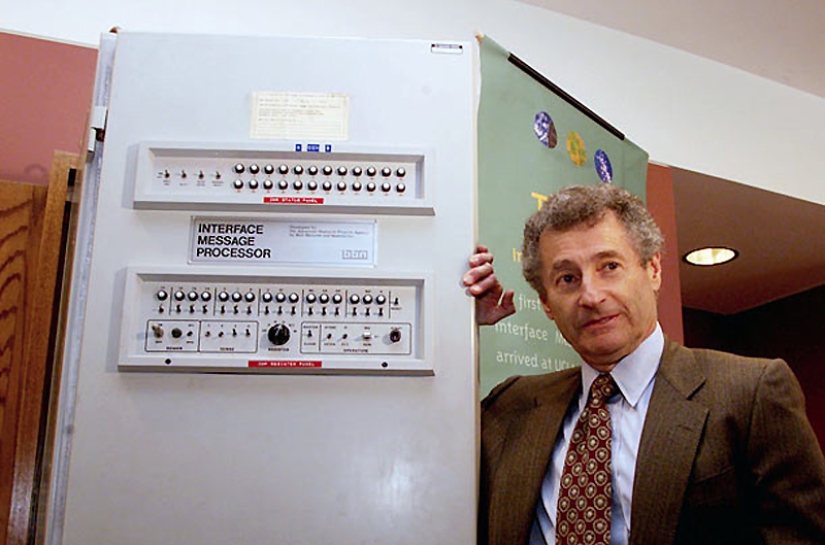
7. Interface message processor, 1969. Hidden during the Cold War, when the US government was looking for ways to preserve its computer networks in case enemies destroyed their message nodes, IMP had a first-generation inter-network interface, which today is known as a router. IMP played a key role in the development of the first territorial network ARPANET and the forerunner of the modern global Internet. (Fred Prouser / Reuters / Corbis)
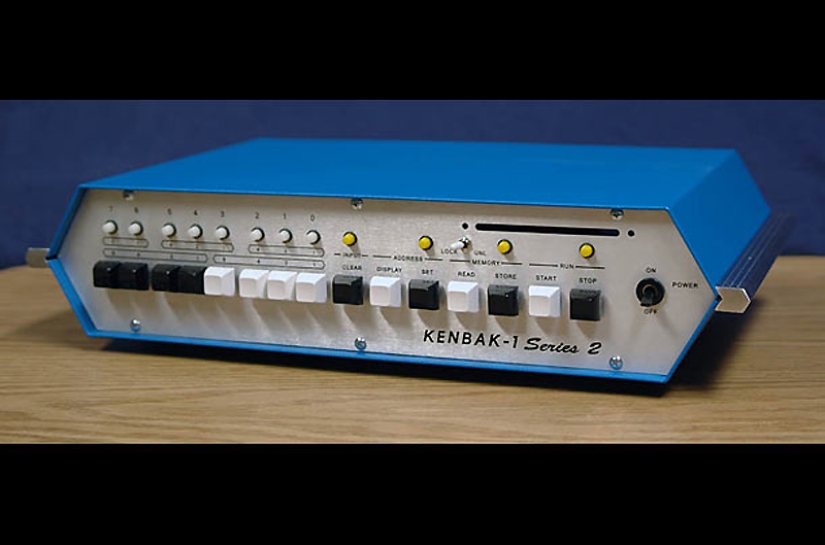
8. Kenbak-1, 1971. "Kenbak" is often considered the world's first personal computer. It was advertised as an "easy-to-use educational tool", but only a few dozen copies of this device were sold. He did not have a microprocessor, respectively, the power was only 256 bytes, and at the output he gave out a series of flickering lights.
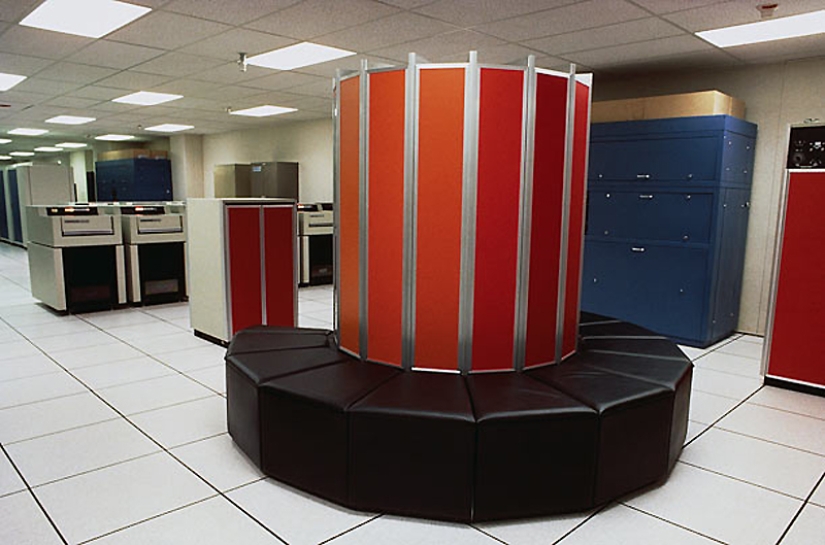
9. Cray-1, 1976. Cray-1 was the fastest computer of its time in the world. Despite the huge price — from 5 to 10 million dollars — it sold great. It was one of many machines created by Seymour Kray, a computer architecture developer who devoted his entire life to creating so—called supercomputers and computer systems, with priority to data processing ability and computing speed. (Charles O’Rear / Corbis)
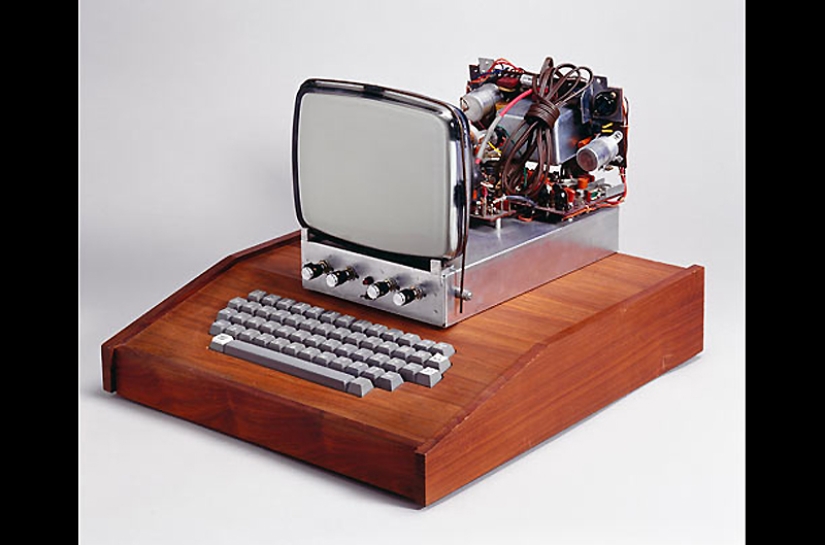
10. Apple I, 1976. Originally designed by Steve Wozniak as a do-it-yourself computer, the Apple I was rejected by Steve's superiors at Hewlett-Packard. Wozniak decided to go further and offered a computer to Homebrew Computer Club. Together with his friend Steve Jobs, he was able to sell 50 models to The Byte Shop in Mountain View, California. The price of the computer was $666. Although it sold rather slowly, this computer paved the way for success for its successor, the Apple II. (SSPL / Getty)
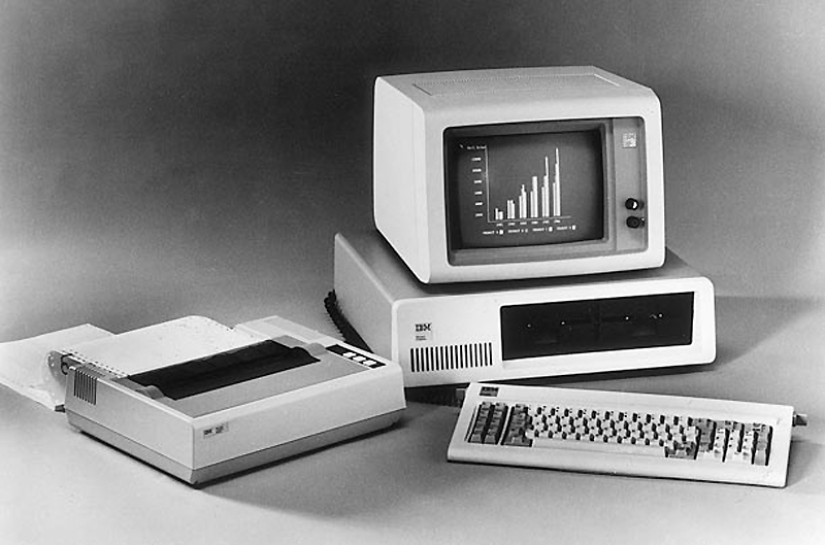
11. IBM personal computer, 1981. An IBM personal computer with a keyboard, printer, and monitor helped propel PCs from the garages of amateur engineers straight to markets and companies. Its commercial success made it a model for all personal computers for many years to come and led to the fact that other manufacturers began to make similar devices. (AFP / Getty)
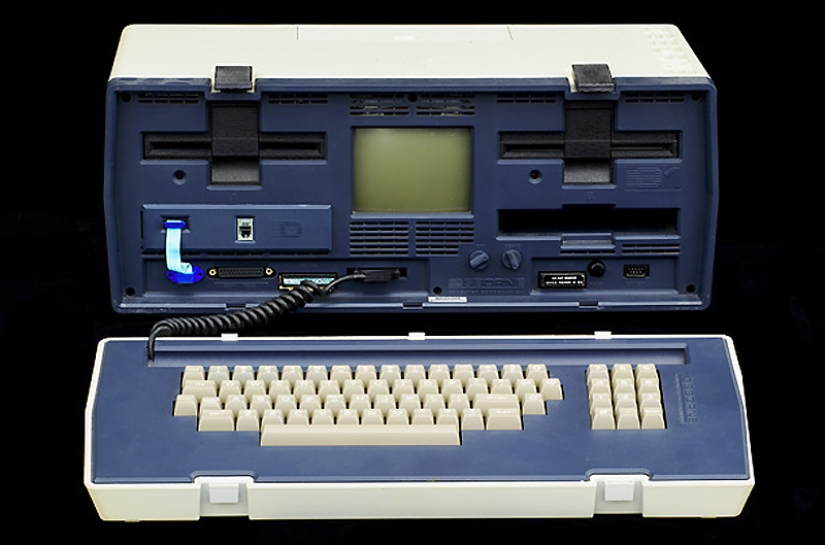
12. Portable computer "Osborn-1", 1981. The first commercial portable computer "Osborne" weighed 10 kg and cost less than $ 2,000. It quickly became popular due to its low cost and extensive software library. (Mark Richards)

13. Hewlett-Packard 150, 1983. Introducing the first step in technology available today, the HP 150 became the first commercially available computer with touchscreen technology. The 22-centimeter computer was surrounded by infrared transmitters and receivers that determined the location of the user's finger. (Roger Ressmeyer / Corbis)
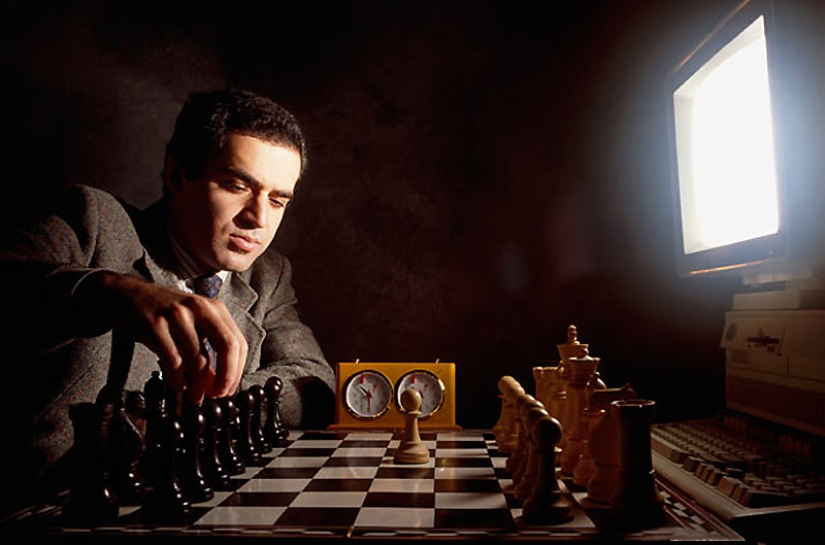
14. Deep Blue, 1997. The Deep Blue project, which began at IBM in the late 80s, was an attempt to use parallel data processing to solve a difficult task: in this case, to beat world champion Garry Kasparov at chess. During the six-game match, which Kasparov lost, the embarrassed master made his contribution to the advancement of technology. (Louie Psihoyos / Science Faction / Corbis)

15. iPhone, 2007. The small, convenient device, introduced by Apple CEO Steve Jobs in 2007, not only contains a regular phone, Internet, camera and media player, but also supports a large number of other applications that give access to everything from recipes to maps of the starry sky. Besides, it looks great. (Paul Sakuma / AP)
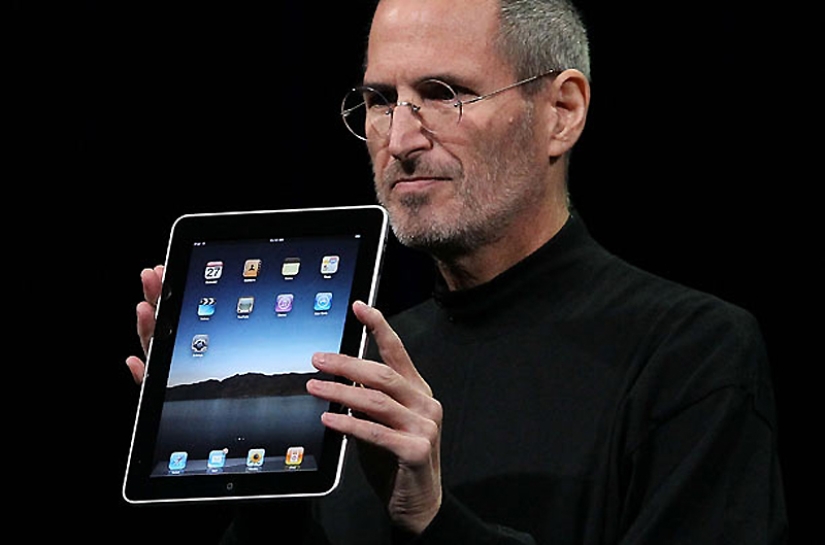
16. iPad, 2010. And the tablet came. It's called the iPad. It is 1.2 cm thick, weighs 450 grams and has a 9.7-inch display. As Steve Jobs said, the device can work up to 10 hours without recharging and at the same time you can use applications, games, videos and online applications as much as you want. The starting price of an iPad with Wi-Fi is $499, and the 3G version is $629. (Justin Sullivan / Getty)
Keywords: Apple | Microsoft | Computer | Development | Then and now
Post News ArticleRecent articles

Most of us think that the color of the eggshell does not play any role and it is possible not to pay attention. But it's not and ...

The more we rely on technology, the more potential power hackers gain over us. It doesn't matter if their goal is to help or cause ...
Related articles

A computer mouse is the main control PC. Over the years evolved the principle of operation of the device. Before infrared gadgets ...

We believe that someday monuments to computer repair workers will appear on the squares of our cities. A lot depends on them today ...

The world continues to grapple with the coronavirus, so it is important to remember personal hygiene. Always wash your hands before ...

Creating a good portrait is one of the most difficult tasks for any photographer. In order to make a really natural and memorable ...